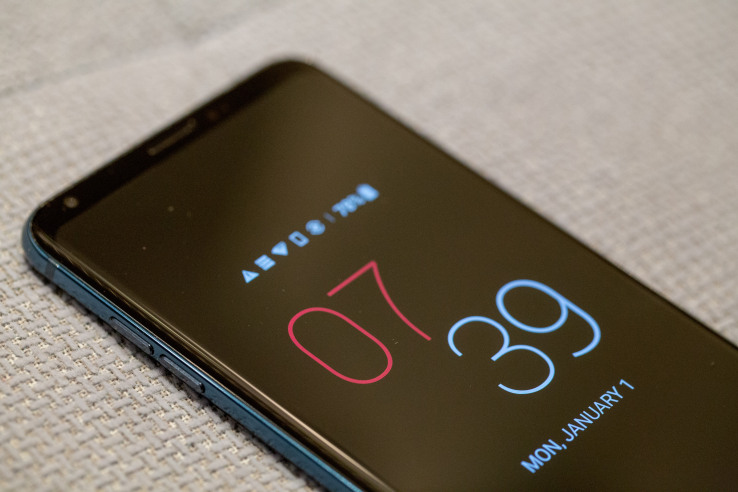
Welcome to LG’s new smartphone strategy. A new flagship every year, followed by an incremental upgrade six months later. It’s a strange approach that’s sure to annoy early adopters, but LG’s certainly not the first to adopt the strategy — it’s in-line with the sort of thing OnePlus, among others, have been doing for a while now.

The first such handset from LG bears similarly confusing branding — the LG V30S ThinQ. As the name implies, there’s very little difference here from a hardware perspective — “RAM and color” as the LG rep put it. Which is to say, the memory’s been bumped up to 6GB from 4- and the phone’s available in Platinum Gray and Moroccan Blue, the latter of which was chosen with help from the fine folks at Pantone.

So, why the long name? ThinQ is LG’s new umbrella name for its AI-centric offerings. In this case, specifically, it has to do with what the company is working on from the camera software perspective. LG’s doing a good job innovating on imaging hardware for a while now, and this addition aims to add to key AI and ML learnings to help improve the pictures it takes.

The Korean smartphone maker is leveraging software built by Berlin-based photography software startup EyeEm, with all of the processing happening locally on the hardware (versus sending it to a cloud-based server), speeding up the process a good deal. When you enter into the AI Cam setting, the phone starts cycling through potential objects.
Words flash on the display like a scene out of A Beautiful Mind. We trained the camera on a candle and “mannequin,” “food,” “wine” and “ham” all popped up on the screen as the system started thinking aloud. At the moment, the camera is trained to recognize eight specific categories:
- Person (portrait)
- Animal
- City/building
- Flower
- Sunrise
- Sunset (These are two separate)
- Food
- Landscape
- The phone then adjusts the settings based on what it’s shooting — kind of an Artificial Intelligent Auto, if you will.
The results are largely pretty impressive, but still a little hit or miss in our limited testing. For instance, we put sushi, a pastry and grapes on a plate, and the camera had no problems recognizing it as “food.” It was similarly astute when we took photos of people. On the other hand, a large white dog that happened to be passing by as we were shooting also came up as “person.” To the best of our knowledge, it was not, in fact, a person in a dog suit, but who’s to say for sure, really?
The system seems to be flashy as much as it is actually impressive, but it points to the growing push toward mobile AI could be used to improve things like photography. And unlike other solutions, LG’s is happy to show its work to some degree. The update also has implications for other functionality, including the ability to do things like reading QR codes and to better serve as a smart home hub with LG’s own devices.
Of course, given the fact that this update is largely software, it’s also backward compatible, meaning the standard V30 will be getting the functionality “soon,” according to an LG rep. When, precisely that is, remains to be seen, but it shouldn’t be too long after the phone launches in its native Korea next month. So that should curb some of the FOMO among those who picked up the phone a few months back.
As for wider availability (including U.S.), we’ll probably be getting more info on that front soon. Ditto for pricing. Interestingly, the V30S will be replacing the V30 in some, but not all markets. A lot of that decision making is ultimately in the hands of the carriers in the given country.
Only LG can say it didn’t push to include the latest Qualcomm chip. After all, MWC is expected to be a bit of a soft launch for the Snapdragon 845, and this one’s only got the 835 — same as you’ll find in the standard V30. A rep hinted that the new chip is likely to arrive on a new phone from the company (no surprise there, really) and suggested that it’s a bit trivial to be the first to market with a new — which is both kind of true, but mainly just the kind of thing companies say when they’re not the first with a chip.
All in all, it’s a weird diversion from the standard smartphone upgrade cycle — but then, that’s exactly what we’ve come to expect from LG.

